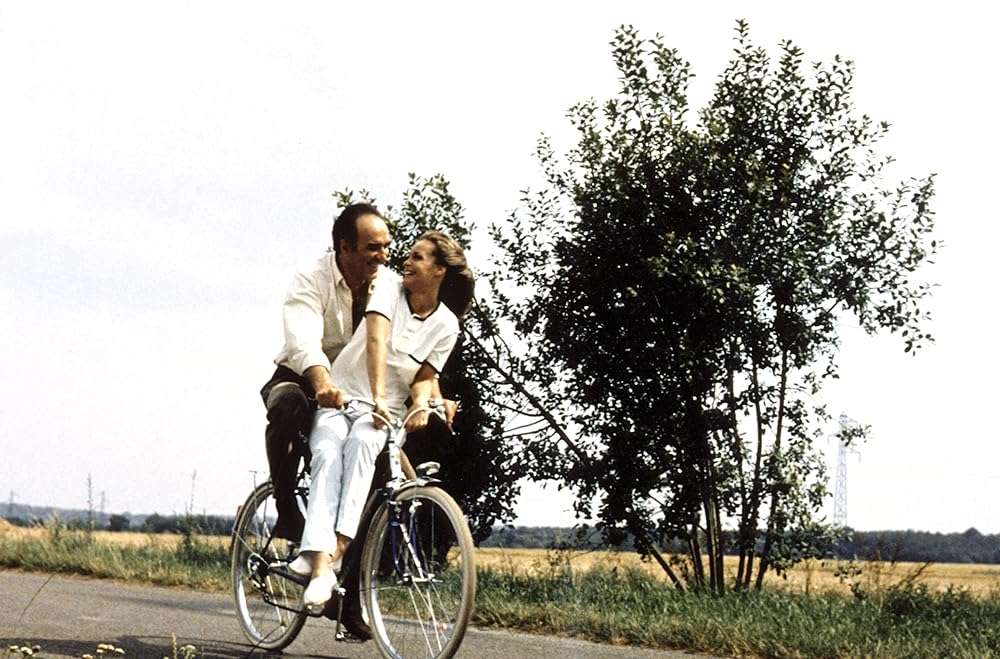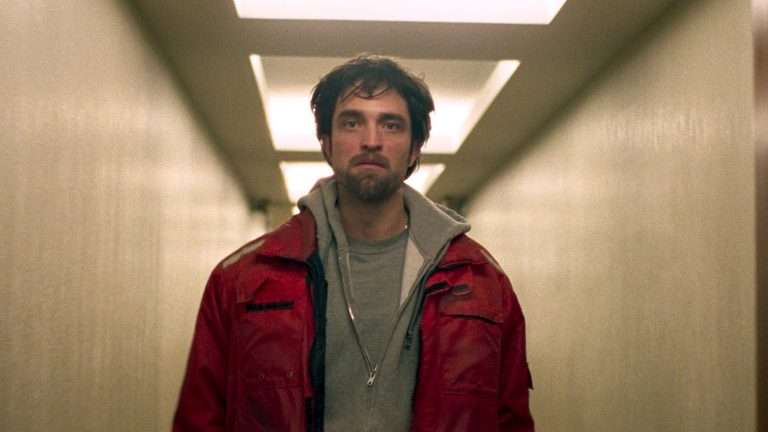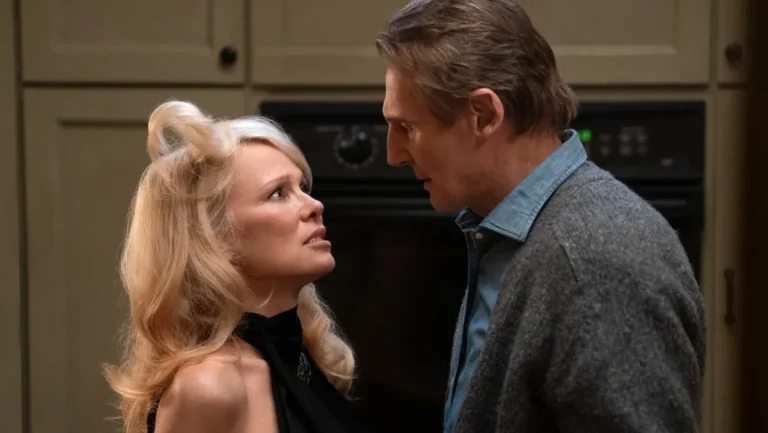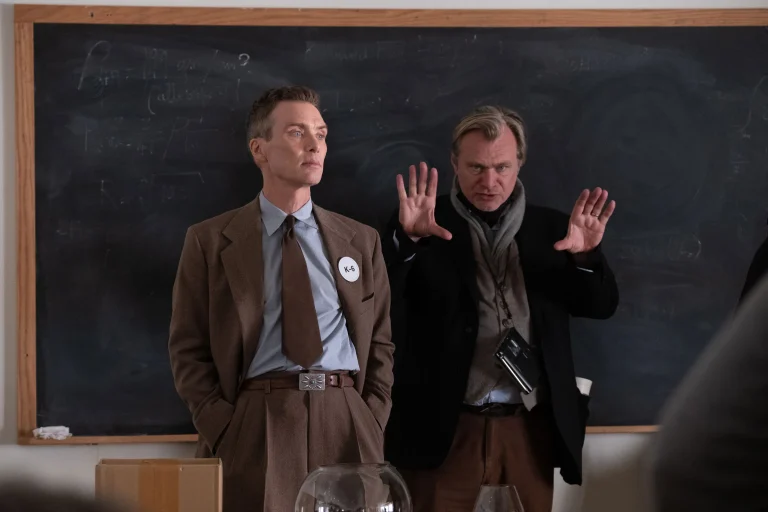Claude Sautet was quite an underrated pioneer who dealt with the issues of post-war French society in his films. Based on the 1967 novel Intersection by Paul Guimard, The Things of Life (‘Les Choses de la Vie,’ 1970) earned Sautet International attention and fame. The Things of Life begins with the image of a tyre rolling down the field, signifying that a car has crashed into a rural motorway. The film’s structure includes multiple time jumps—the time of, after, and before the crash. In the car is Pierre (Michel Piccoli), a successful Paris architect in his forties, driving to a meeting in Rennes when he met with this fatal accident. As an unconscious Pierre tries hard to regain his consciousness, his whole life flashes in front of him, and traversing into his montage of memories, we witness what his life amounted to.
Pierre is a successful architect yet is undergoing a mid-life crisis. He is torn between his responsibilities as a father and as a lover. Pierre has an estranged wife named Catherine (Lea Massari), with whom his equations were still unresolved, a nineteen-year-old son named Bertrand, and then there’s his alluring mistress Helène (Romy Schneider), who is head over heels in love with him. When people are deeply in love, they fear losing the time they spend with their beloved.
Scared of losing their beloved, Helène is afraid to let go of Pierre, who is caught with other commitments. They both share an ethereal bond, and Pierre adores her. He finds his true love in her but somehow still can’t let go of his past. Human emotions are indeed incomprehensible and tricky, and Claude portrays this dilemma through his main character, Pierre. Pierre is constantly pursued by his girlfriend Helène to sign papers accepting a new position in Tunis, but something always refrains him from doing so.
Pierre procrastinates, maybe because he still isn’t ready to settle down in a new place. He still wasn’t prepared to let go of his past, which was evident when Pierre readily accepted his son Bertrand’s invitation to join him and his mother for summer holidays in their old summer home on the Ile de Re. He readily uses this invitation as an excuse to delay the signing of papers, which makes Helène upset as she somberly states, “We’ll never leave.” In an interview, Sautet describes Pierre as “a guy who’s glad to die because it saves him from making a choice.”
With a bewildered and weary Pierre driving his car on a rainy night and recalling the good times he spent with his family and his mistress, the ride seems eternal and is a metaphor for the ride of life. Claude Sautet depicts the car crash in a very detailed manner, and it feels like an inevitable event in Pierre’s life, his predestination hindering his free will to pursue his happiness. After rigorous contemplation, when Pierre finally discovers where he went wrong and wants to mend the situation, he is already in the grip of mortality.

The sequences after the car crash are replete with sheer poetry. While waiting for an ambulance, a lifeless Pierre takes the audience to his world of imagination, where he dreams about his future wedding with Helène, accompanied by his friends, family, and also strangers who are present at the site of the accident. Pierre opens his eyes, with his lips curved up into a smile, and that’s the exact moment when he knows he is about to die. He can think but is no longer able to speak.
The audience can hear the voice of his mind where he is gradually coming to terms with his own death and remembering the fleeting moments of happiness – when he was sailing with his family, making love with Helène in meadows, all the images suddenly fade to white and cuts to a scene where Pierre with his half-closed eyes see a shiny black boot, stepping on a gorgeous ground of green grass, poppies, and little blue flowers and then again takes us to back to his memories where he fell off the ship while sailing and slowly drowned – all of these acting as indicators of his death.
Pierre gradually embarks on a journey to a different world, fading into cosmic nothingness with just a few blabberings: “I’ve ruined my suit. I’m tired. I feel fine in the grass. I should be in pain, but I’m not.” It seems that he feels redeemed from the burden of choices that were imposed upon him and found an escape through his death. There’s a persistent melancholy that’s prevalent in the premise of “The Things of Life,” and the background score by Philippe Sarde perfectly complements this emotion.
Claude Sautet projects a severely injured man through a fractured narrative, a man seeking the meaning of his existence and desperately searching for the missing pieces of the jigsaw puzzle of his life, but life always has its own plans. In the end, uncertainty engulfs us, turning life into a mystery. The entire film is structured around a car crash, a single event that controls the narrative while drifting off into fragments of the past, present, and future while still being experienced as linear.
Some things in life are better left unsaid; some dreams will always remain unfulfilled, and some people are always meant to leave. In order to live, we have to let go. Pierre’s undelivered letter would never reach Helene as Catherine unknowingly or maybe knowingly tore it apart, fulfilling her late husband’s (probably) last wish. The film ends with a dazed Helene rushing out of the hospital, wandering into a crowd, trying to come to terms with the loss she incurred, and the focus blurs.
Sautet takes events from everyday life and depicts the underlying complexities that plagued those events and the humans who were a part of those events. Some emotions and bonds in life are inexplicable, and we must accept them. Pierre couldn’t make peace with this fact while he is alive and finds his own sense of peace in his death. Claude Sautet, through his very post-modern storytelling, presents a beautiful tale of love, life, and loss that’s profoundly haunting since the characters in “The Things of Life” are very much like us: flawed, confused, and always in pursuit of something unknown.



![Karwaan Amazon Prime Review [2018]: A Subtle Detour From Loud Comedies](https://79468c92.delivery.rocketcdn.me/wp-content/uploads/2019/06/Karwaan-Amazon-Prime-featured-and-post-1-768x415.jpg)


![Wrath Of Silence [2018]: ‘NYAFF’ Review](https://79468c92.delivery.rocketcdn.me/wp-content/uploads/2018/06/1-Wrath_of_Silence_-_Jiang_Wu_as_CHANG_Wannian_preview-768x444.jpeg)